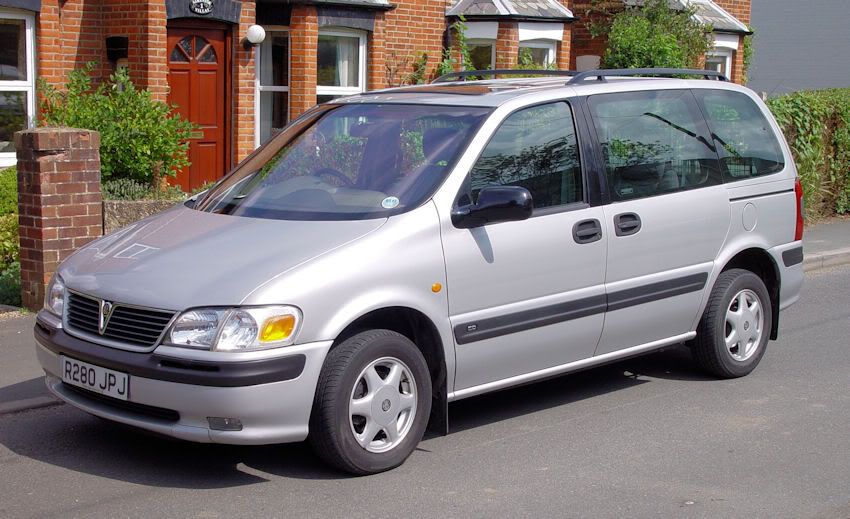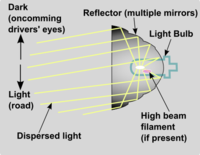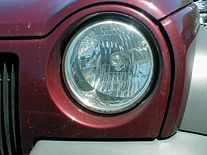I actually had one for 4 years and a very good car it was too. The only issue I had was one of the headlamp lenses coming off, which took me about 15 mins to fix (I bonded it back in place with epoxy).
The bad press came almost solely from the TG JD Power survey, which was based on a tiny number of returns (not many were sold in the UK in the first place), and hence was heavily skewed by a few critical ones. It also lumped both models (the 2.2 manual I had and a much more complex 3 litre auto) in together. I happily sold my Sintra on to a friend who ran it (trouble free) for a number of years before downsizing to a Focus.
Coming back OT, the back seats were remarkably light so I can believe they were magnesium alloy. The ones in subsequent vehicles I've had (VW Sharan and the Vito) weigh a ton - the 2-seater in the Vito is heavy even for two people to lift! The Sintra had an aluminium bonnet too.

I worked at a Vauxhall dealer when they were launched, I don't remember them being much trouble to be honest. We had a 3.0 V6 CDX auto in Teal Green that the ''company'' ran for ages. Only complain I remember was a customer saying the wipers didn't clear all the way up to the A pillars.


